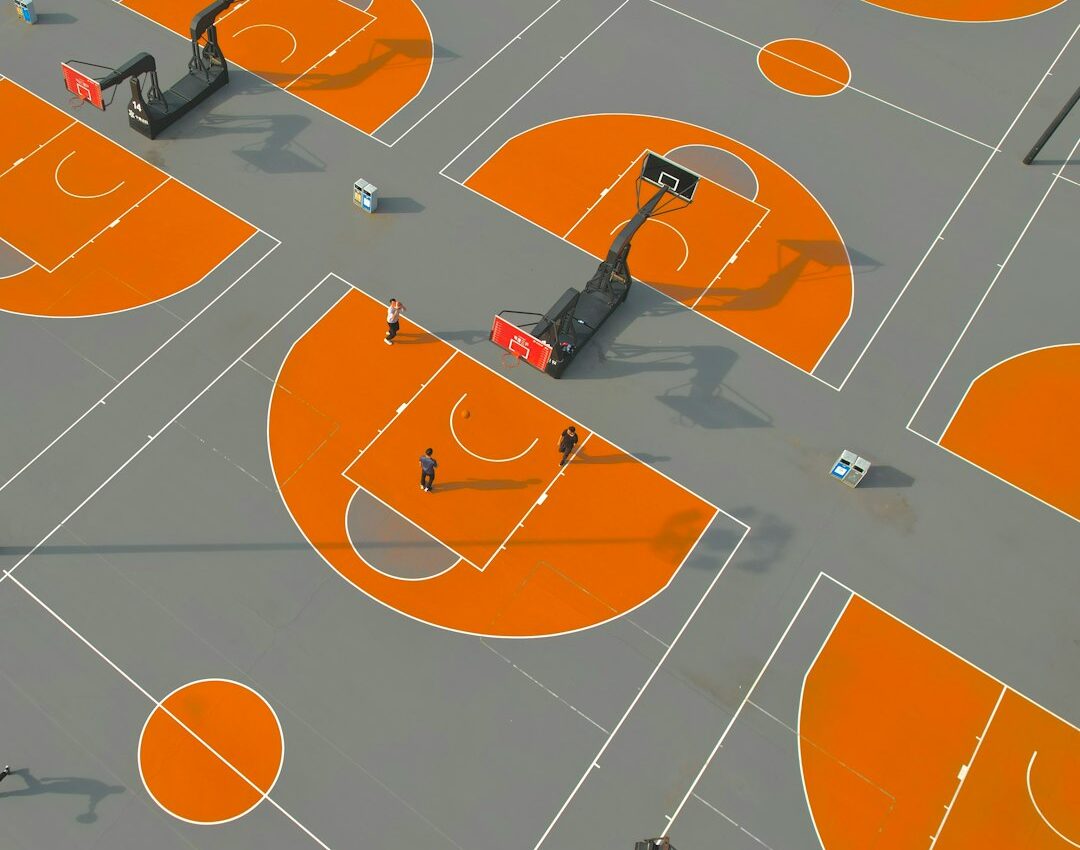
Last night, during the trophy presentation to the Oklahoma CIty Thunder, Lisa Salters asked, “Where’s the old guy?” when playfully referring to Bulls alum, and NBA champion, Alex Caruso. Alex is 31. Shai Gilgeous-Alexander is 26. Chet Holmgren is 23. Jalen Williams is 24. The National Basketball Association presents a fascinating paradox when it comes to age discrimination. While the league celebrates legends who play well into their late thirties and early forties, the reality is that professional basketball remains one of the most youth-oriented industries in America. This creates a complex legal landscape where federal employment protections intersect with the unique demands of elite athletic performance. Disclaimer: Anyone will tell you I adore Alex Caruso’s style of play.
The Age Discrimination in Employment Act Framework
The Age Discrimination in Employment Act of 1967 (ADEA) prohibits employment discrimination against individuals who are 40 years of age or older. The law applies to employers with 20 or more employees, making NBA teams clearly subject to its provisions. Under the ADEA, employers cannot make employment decisions based on age regarding hiring, firing, promotion, compensation, or terms and conditions of employment.
However, the ADEA includes a critical exception known as the Bona Fide Occupational Qualification (BFOQ) defense. This narrow exception allows employers to consider age when it is “reasonably necessary to the normal operation of the particular business.” For most industries, establishing a BFOQ based on age is extremely difficult. The question becomes whether professional basketball teams can successfully argue that youth constitutes a BFOQ for player positions.
The Unique Nature of Professional Sports Employment
Professional athletes occupy a distinctive position in employment law. Unlike traditional employees, their physical capabilities directly determine their ability to perform essential job functions. The Supreme Court has recognized that professional sports may warrant different treatment under employment discrimination laws, though it has never definitively ruled on age discrimination in this context.
The physical demands of NBA basketball are undeniable. Players must possess extraordinary speed, agility, jumping ability, and endurance. These attributes naturally decline with age, even among elite athletes. The average NBA career spans just 4.5 years, and only a select few players remain competitive beyond age 35. This biological reality creates a compelling argument that age-related physical decline can legitimately impact job performance in ways that simply don’t apply to desk jobs or most other professions.
Analyzing Potential BFOQ Claims
For an NBA team to successfully defend against an age discrimination claim using the BFOQ exception, they would need to prove that being under a certain age is reasonably necessary for the position of professional basketball player. This analysis would likely focus on several factors.
First, courts would examine whether the physical demands of the position genuinely require youth. Teams would need to demonstrate that the speed, agility, and endurance required for competitive basketball necessarily decline with age to such a degree that older players cannot perform the essential functions of the job. The challenge here is that exceptions exist – players like LeBron James, Chris Paul, and previously, Tim Duncan and Kareem Abdul-Jabbar have remained highly effective well into their late thirties and beyond.
Second, courts would consider whether individual assessment is feasible. The ADEA generally requires that employers evaluate employees individually rather than making blanket assumptions based on age. If a 42-year-old player can still contribute meaningfully to a team’s success, cutting him simply because of his age would be problematic. The NBA’s performance-based nature actually supports individual assessment, as player statistics and on-court impact can be objectively measured.
Current NBA Practices and Potential Vulnerabilities
Most NBA personnel decisions regarding older players can likely be justified based on performance rather than age alone. When teams release veteran players, they typically point to declining statistics, reduced playing time effectiveness, or salary cap considerations rather than age itself. This performance-based approach generally provides strong legal protection.
However, potential vulnerabilities exist. If a team passes over a qualified older player in favor of a significantly less qualified younger player, and age appears to be a motivating factor, legal challenges could arise. Similarly, if teams consistently undervalue older players in contract negotiations despite comparable performance to younger counterparts, age discrimination claims might have merit.
The NBA’s rookie scale and veteran minimum salary structures create interesting dynamics. Teams often prefer younger players on rookie contracts due to cost considerations, but economic justifications for employment decisions are generally legally acceptable provided they’re not pretextual covers for age bias.
Coaching and Front Office Considerations
While player positions might potentially qualify for BFOQ treatment, coaching and front office roles would face much stricter scrutiny under age discrimination laws. The physical demands that might justify age considerations for players simply don’t apply to coaches, general managers, or other basketball operations personnel.
The NBA has seen several older coaches succeed at the highest levels, from Gregg Popovich to Rick Carlisle. Any team that consistently passes over older coaching candidates in favor of younger ones without clear performance-based justifications could face legitimate age discrimination claims. The league’s “old boys’ network” culture, while not inherently illegal, could become problematic if it systematically excludes qualified older candidates from opportunities.
Practical Legal Implications
For NBA teams, the key to avoiding age discrimination liability lies in maintaining performance-based decision-making processes. Teams should document the specific basketball-related reasons for personnel decisions, focusing on measurable factors like statistics, physical testing results, injury history, and on-court impact rather than age itself.
The league’s collective bargaining agreement with the players’ association provides additional legal complexity. Union contracts often supersede certain employment law protections, though core anti-discrimination principles typically remain in force. The CBA’s veteran minimum salary provisions and other age-related terms have been negotiated collectively, providing some legal shelter for practices that might otherwise face scrutiny.
Looking Forward
As players’ careers extend longer due to improved training, nutrition, and medical care, the intersection of age discrimination law and professional basketball will continue evolving. The success of players like LeBron James in their late thirties challenges traditional assumptions about age-related decline in basketball performance.
The NBA’s embrace of analytics and objective performance measurement actually supports legally sound employment practices. When decisions are based on comprehensive statistical analysis rather than subjective age bias, teams stand on much firmer legal ground.
Ultimately, while the NBA operates in a unique environment where physical capabilities matter enormously, the league must still navigate federal employment protections thoughtfully. Success lies in maintaining genuinely performance-based personnel decisions while avoiding the trap of age-based assumptions that could expose teams to legal liability. As the league continues to evolve, so too must its approach to balancing competitive excellence with legal compliance in employment practices.



